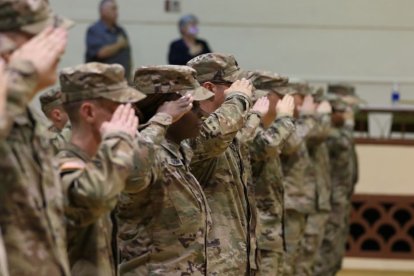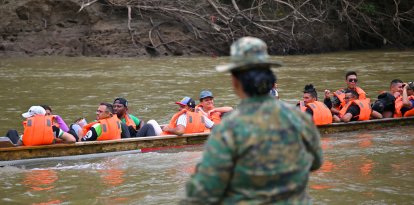US military deploys new cyber missile technology as part of Aukus alliance
The Multi-Domain Task Force (MDTF) located in the Pacific is equipped with "cyber warfare units," including: "Guided Multiple Launch Rocket System (GMLRS) weapons."

(Cordon Press)
The Army's Multi-Domain Task Force (MDTF), located in the Pacific, is a military unit that is armed with new cutting-edge technologies: "high-altitude balloons, Precision Strike Missiles, cyber warfare units and unmanned systems," as revealed by The Telegraph.
The unit's new technology is part of the Aukus defense alliance (which is made up of Australia, the United Kingdom and the U.S.). According to the agreement: "Australia, the United Kingdom, and the United States are pooling the talents of our defen[s]e sectors to cataly[z]e, at an unprecedented pace, the delivery of advanced capabilities."
The new technology
Within the unit, there is the Aukus Pillar 1 which focuses on nuclear-powered submarines. Likewise, Pillar 2 which involves advanced capabilities, including hypersonic weapons, quantum computing and artificial intelligence.
Among the more technological weaponry, the MDTF also has "Guided Multiple Launch Rocket System (GMLRS) weapons," mobile rocket artillery essential for rapid deployment and strike capability. "The addition of Mid-Range and Long-Range Hypersonic Weapon batteries further strengthens the task force’s ability to deliver precise, long-range strikes crucial for penetrating – and crippling – sophisticated air defen[s]e networks."
Colonel Michael Rose, commander of the MDTF, commented on the importance of the new technological efforts:
According to The Telegraph:
RECOMMENDATION





















